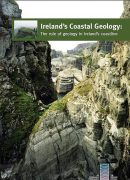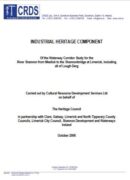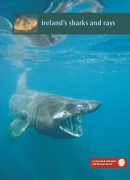
Bat Survey Guidelines: Traditional Farm Buildings Scheme
Guidelines for the surveying of bats within heritage structures.
Read moreRead lessThese guidelines have been developed for Ecological Consultants to standardise both the methodology for survey of structures within the Heritage Council’s Traditional Farm Buildings Scheme and the reporting of same. In developing these guidelines, we have drawn on a wide range of expertise and believe that the advice given is the best that is currently available. Bat surveys submitted to the building owner and the Heritage Council must adhere to these guidelines in order to satisfy grant requirements under the Traditional Farm Buildings Scheme.
- Published by: The Heritage Council
- Author(s): Tina Aughney, Conor Kelleher & Donna Mullen








